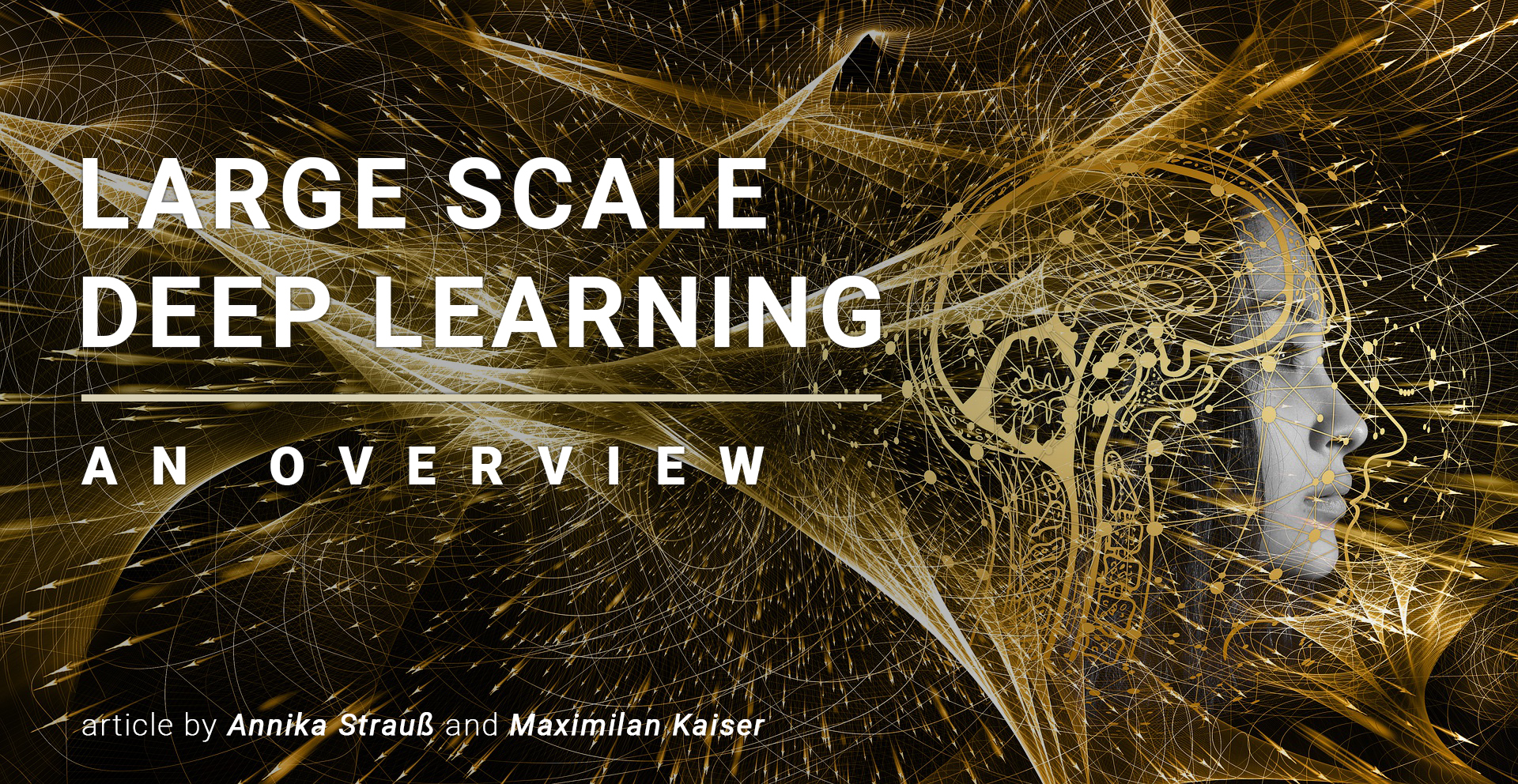Tag: ULS
AI and Scaling the Compute for the new Moore’s Law
AI and Scaling the Compute becomes more relevant as the strive for larger language models and general purpose AI continues. The future of the trend is unknown as the rate of doubling the compute outpaces Moore’s Law rate of every two year to a 3.4 month doubling. Introduction AI models have been rapidly growing in…

Ansätze für nachhaltige Softwareentwicklung in Large-Scale Systems
Einleitung Der Klimawandel ist in den letzten Jahren weltweit zu einer großen Herausforderung geworden. Der Ausstoß von Treibhausgasen ist nach wie vor hoch. Nach Angaben des Umweltbundesamtes gehen die CO2-Emissionen in Deutschland zwar kontinuierlich zurück, weltweit ist der Trend jedoch weiterhin steigend, so dass die globalen Kohlendioxidemissionen kontinuierlich zunehmen [1]. Aufgrund der Corona-Pandemie konnte zwar…
 Allgemein, Artificial Intelligence, Deep Learning, System Architecture, System Designs, System Engineering, Ultra Large Scale Systems
Allgemein, Artificial Intelligence, Deep Learning, System Architecture, System Designs, System Engineering, Ultra Large Scale SystemsAn overview of Large Scale Deep Learning
article by Annika Strauß (as426) and Maximilian Kaiser (mk374) Introduction Improving Deep Learning with ULS for superior model training Single Instance Single Device (SISD) Multi Instance Single Device (MISD) Multi Instance Multi Device (MIMD) Single Instance Multi Device (SIMD) Model parallelism Data parallelism Improving ULS and its components with the aid of Deep Learning Understanding…
Black Swans in IT-Systemen und Ausfälle 2020
Seit über einem Jahr sorgt die Coronapandemie für tägliche Berichterstattung und vielerlei Einschränkungen. Kontakte werden auf ein Minimum begrenzt, Gastronomien und Großteile des Einzelhandels geschlossen und Freizeit- sowie Kulturveranstaltungen abgesagt. Mehr Zeit als je zuvor verbringen die Menschen in ihren eigenen vier Wänden und nutzen IT-Systeme, um im Home-Office zu arbeiten, über Lernplattformen zu lernen…
How to increase robustness of a large scale system by testing
When a distributed software system grows bigger and bigger, one will end up with a big amount of various components which all need to scale independently. In order to achieve these components working smooth together, it is necessary to figure out at which time a component needs to be scaled, to avoid having one component…

Federated Learning
The world is enriched daily with the latest and most sophisticated achievements of Artificial Intelligence (AI). But one challenge that all new technologies need to take seriously is training time. With deep neural networks and the computing power available today, it is finally possible to perform the most complex analyses without need of pre-processing and…

About using Machine Learning to improve performance of Go programs
This Blogpost contains some thoughts on learning the sizes arrays, slices or maps are going to reach using Machine Learning (ML) to increase programs’ performances by allocating the necessary memory in advance instead of reallocating every time new elements are appended.
